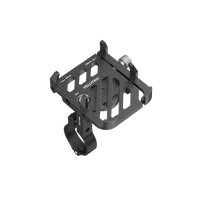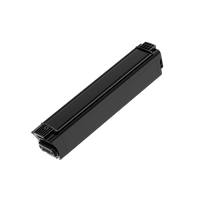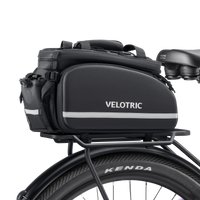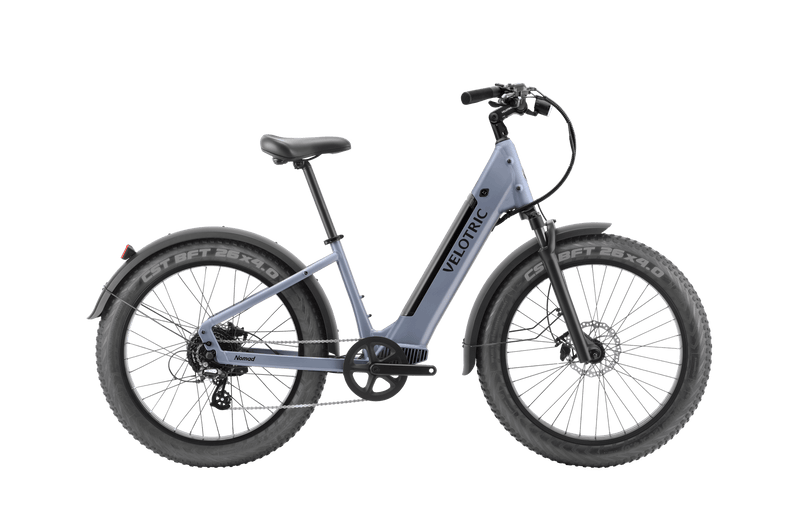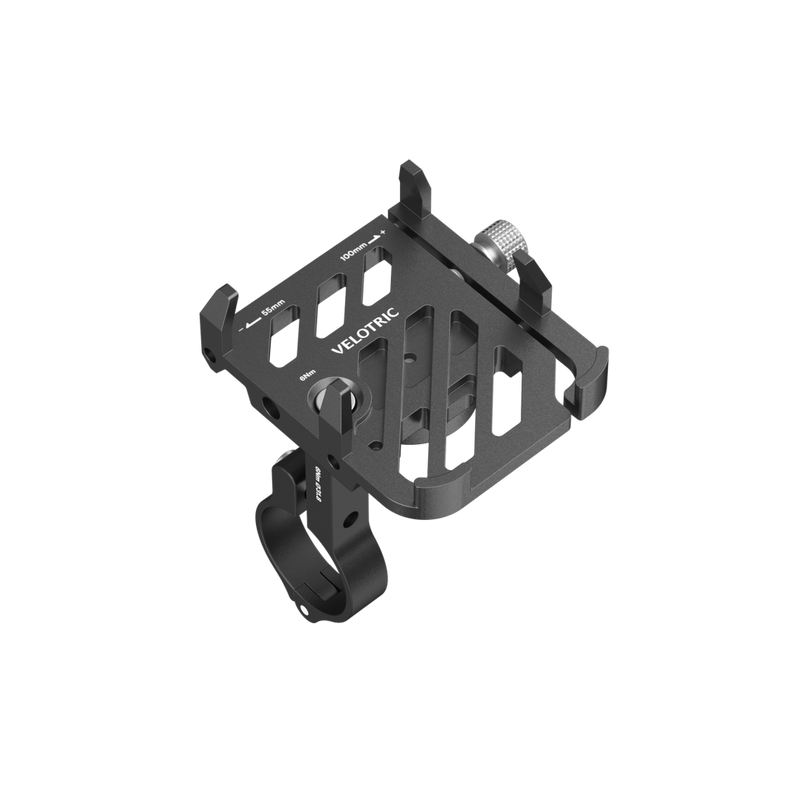Imagine discovering that the e-bike you rely on daily might be a safety hazard. This was a reality for customers of a Brooklyn e-bike shop, where the owner was recently charged under New York’s e-bike laws for serious safety violations, including the sale of bikes without the required certification to a UL standard. This incident underscores growing concernw: the rise of counterfeit 3rd party certifications and the peril they pose to consumer safety. Why does this matter?
UL Solutions issues safety certifications and they're not just a formality—they are critical benchmarks of safety in the burgeoning e-bike industry. In 2021 and 2022 alone, the U.S. Consumer Product Safety Commission reported over 208 fires across 39 states, linked to overheating e-bike batteries, tragically resulting in 19 fatalities. As e-bikes grow in popularity, the significance of these certifications becomes even more paramount. They provide peace of mind that the bikes you ride and the batteries you charge meet current safety standards.
The Essentials of Certification to UL 2849 and UL 2271
UL standards, including UL 2849 and UL2271, specifically address the need to evaluate and test safety-critical materials and components, individually and as a collective system, to mitigate the risk to the end user. UL Certifications are like a badge of honor for e-bike components. UL 2849, the Standard for Electrical Systems for bikes, focuses on the safety of the entire electrical system of e-bikes, scrutinizing everything from wiring to motors to protect you against electrical hazards. On the other hand, UL 2271, the Standard for batteries for use in Light Electric Vehicle (LEV) applications zeros in on the heart of the e-bike—the battery. Certification to this standard attests that the lithium-ion battery meets safety requirements, not just when it's brand new but throughout its lifecycle, protecting you from safety risks like overheating and circuit malfunctions.

As e-bikes gain popularity and incidents of battery-related hazards rise, there is a clear need for standardized safety measures. The UL 2849 and UL 2271 safety standards were developed to provide rigorous engineering evaluation and testing within accredited, national consensus-based safety standards, focused on preventing thermal runaway, a violent reaction within battery cells that can lead to fires or explosions and other electrical failures. This potentially hazardous condition can be triggered by various factors, including extreme environmental temperatures, mechanical impacts from daily use, design flaws, or improper electrical handling during charging and discharging. By setting stringent requirements, UL Standards help support the overall safety of e-bikes.
Why prioritize safety certification to UL 2271 and UL 2849? Because they're your best defense against the potential hazards of regular e-bike use. These certifications demonstrate your e-bike meets safety standards that deal with electrical and thermal mishaps. Testing to these standards scrutinizes your e-bike's ability to withstand daily pressures, whether it’s from the high demands of an uphill ride or the constant wear and tear of urban commuting.
UL Certified (UL Listed) vs. Self-Declared: Understanding the Difference
When it comes to the safety of your e-bike, not all safety labels are created equal. When a manufacturer self-declares, it means a component like a battery or motor, meets specific safety standards based on the manufacturer’s own testing. Think of it as the manufacturer's promise that they've followed the rules. On the other hand, UL certification takes it up a notch. This designation means the product certified has been tested by UL Solutions experts to applicable standards.
To earn UL Certification, an e-bike goes on a rigorous journey through a series of stringent engineering evaluations and tests conducted by seasoned UL Solutions professionals. This isn’t just testing—it's a series of evaluations from a construction, design, component, and material standpoint as well as simulations of forseeable conditions you might face on the road, from extreme weather to the wear and tear of daily use. The process demonstrates the electrical system aspects of the e-bike, from the battery cell and battery pack to the electric motor, electronic circuits, and overall electrical system comply with the UL Standards.
Choosing a UL Certified e-bike means opting for a bike that meets safety standards. That is precisely how Velotric builds a better ride.
A Safety First Approach
Dejan Gakovic, global micromobility manager at UL Solutions, noted this about our efforts:
This comprehensive approach is a significant reason why nearly half of our customers, as revealed in our latest post-purchase survey, choose Velotric; many cite the dual UL Certification of both our battery and bike as a key motivator in their decision. When you choose a Velotric e-bike, you're not just selecting a high-performance product; you're also choosing peace of mind, knowing that your bike has been tested under extreme conditions to demonstrate its compliance with safety standards.

To see our compliance information for yourself, here’s how you can check if an e-bike or its components meet these rigorous safety standards. Start by locating the UL Certification Mark, often found on the frame, battery pack, or manufacturer's label of your bike. This Mark is your first indication that the product adheres to high safety and quality standards. For a deeper dive, refer to the product manuals or packaging, where certifications are typically detailed, providing you with peace of mind and proof of compliance.

Still a skeptic? Product iQ, the The UL Solutions online certification directory is a powerful tool at your fingertips. This comprehensive free-to-use resource allows you to verify the UL Certification of any e-bike simply by entering the product model or manufacturer's name. For a quick overview of all UL Certified e-bikes, simply input the code "QGNS" in the database field. A direct link to Velotric's UL listing page can be found here.
And now, for the most important question: What does a UL Certification mean for you, the rider? It means that Velotric’s UL Certified e-bikes comes with knowing that your e-bike meet specifc safety standards uncertified bikes can’t match. Feel the difference in a bike that’s been engineering evaluated and tested for electrical safety conditions. With Velotric, not only do you ride; you ride assured, supported by the highest standards of safety in the industry.
Ready to feel the thrill of riding with confidence? Swing by your local Velotric dealer or cruise over to our website to check out our lineup of UL Certified e-bikes. Take one for a spin and discover firsthand how our commitment to safety enhances your riding experience.
A special thanks to UL Solutions for your thoughtful contributions to this article.
This article is part of our Safety Series. To learn more about Velotric's commitment to a safe ride, check out our Safety Page!
























